Chiachun Hsieh
FeTaQA: Free-form Table Question Answering
Apr 01, 2021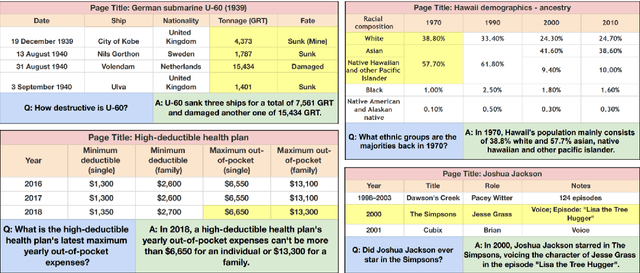

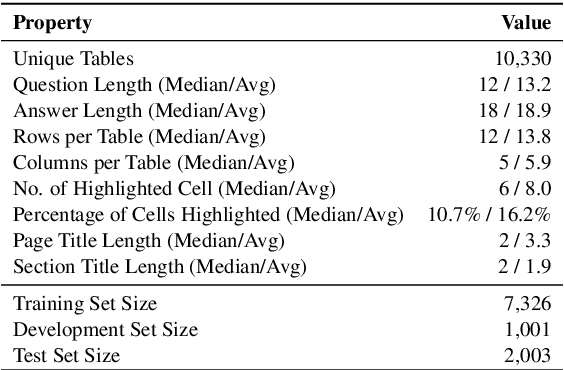
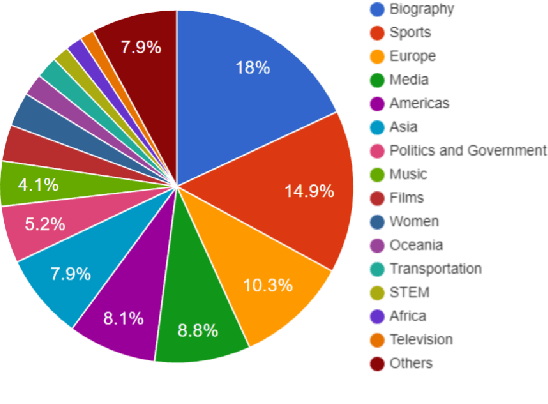
Abstract:Existing table question answering datasets contain abundant factual questions that primarily evaluate the query and schema comprehension capability of a system, but they fail to include questions that require complex reasoning and integration of information due to the constraint of the associated short-form answers. To address these issues and to demonstrate the full challenge of table question answering, we introduce FeTaQA, a new dataset with 10K Wikipedia-based {table, question, free-form answer, supporting table cells} pairs. FeTaQA yields a more challenging table question answering setting because it requires generating free-form text answers after retrieval, inference, and integration of multiple discontinuous facts from a structured knowledge source. Unlike datasets of generative QA over text in which answers are prevalent with copies of short text spans from the source, answers in our dataset are human-generated explanations involving entities and their high-level relations. We provide two benchmark methods for the proposed task: a pipeline method based on semantic-parsing-based QA systems and an end-to-end method based on large pretrained text generation models, and show that FeTaQA poses a challenge for both methods.
DART: Open-Domain Structured Data Record to Text Generation
Jul 06, 2020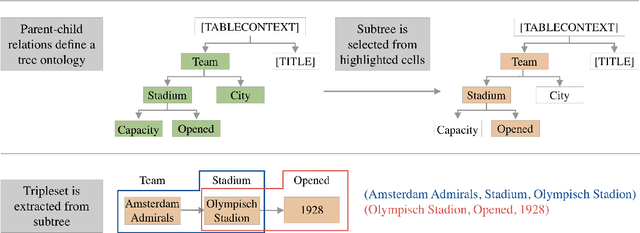

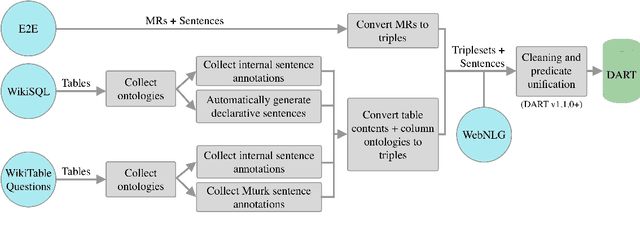

Abstract:We introduce DART, a large dataset for open-domain structured data record to text generation. We consider the structured data record input as a set of RDF entity-relation triples, a format widely used for knowledge representation and semantics description. DART consists of 82,191 examples across different domains with each input being a semantic RDF triple set derived from data records in tables and the tree ontology of the schema, annotated with sentence descriptions that cover all facts in the triple set. This hierarchical, structured format with its open-domain nature differentiates DART from other existing table-to-text corpora. We conduct an analysis of DART on several state-of-the-art text generation models, showing that it introduces new and interesting challenges compared to existing datasets. Furthermore, we demonstrate that finetuning pretrained language models on DART facilitates out-of-domain generalization on the WebNLG 2017 dataset. DART is available at https://github.com/Yale-LILY/dart.
 Add to Chrome
Add to Chrome Add to Firefox
Add to Firefox Add to Edge
Add to Edge